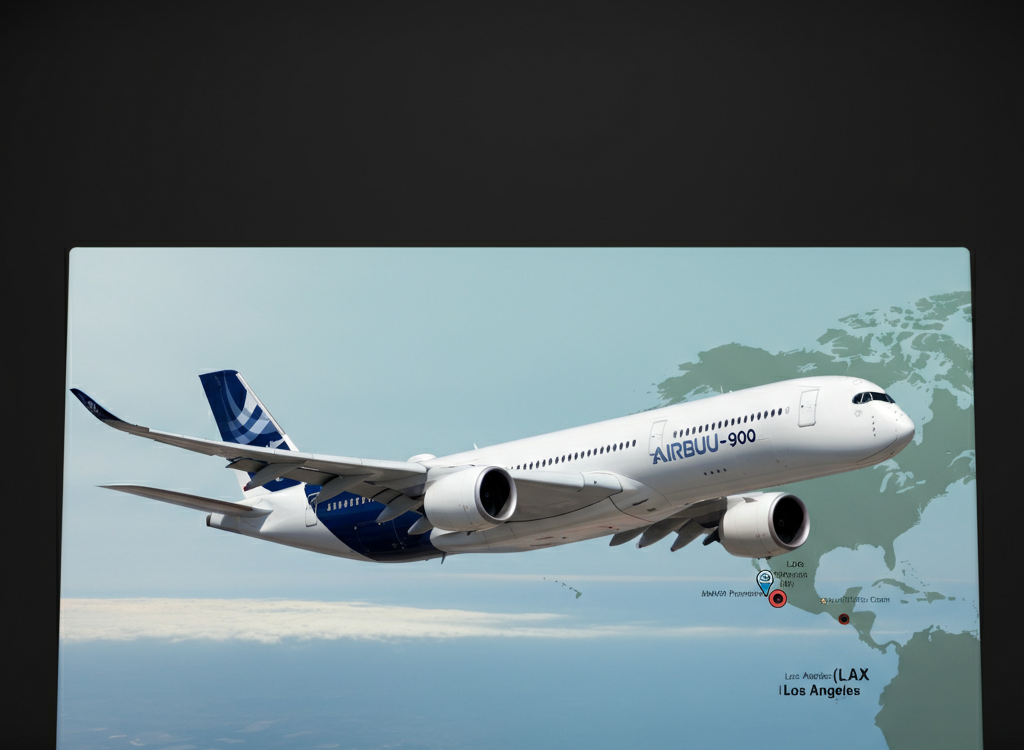Even in today’s era of remarkable aviation safety and technology, unexpected challenges can arise. When
Delta flight DL275 diverted LAX on May 28, 2025, it became a headline event not only within the aviation community but also for thousands following the incident worldwide. This article takes a clear-eyed, expert look at what unfolded during that flight, why it matters, and how both travelers and industry leaders can learn from it.
Drawing on trusted sources, industry data, and passenger feedback, we’ll break down what happened, clarify the technical side without jargon, and reflect on the broader significance of this event—so you can understand why
Delta flight DL275 diverted LAX is about much more than a single disruption.
Incident Recap: What Happened to Delta Flight DL275?
Delta flight DL275, operated by an experienced team aboard an Airbus A350-900, left Detroit Metropolitan Airport on a scheduled route to Tokyo Haneda. About six hours into the journey, while cruising over the northern Pacific at 38,000 feet, an issue arose: the aircraft’s anti-ice system began to fail—a scenario no flight crew takes lightly. As temperatures plummet at altitude, anti-ice systems play a critical role in preventing potentially dangerous icing on the aircraft’s engines and other vital components.
Faced with a real risk to engine integrity and overall flight safety due to possible ice accumulation, the flight deck acted swiftly. After consulting with air traffic control and Delta’s operations center, a decision was reached:
divert to Los Angeles International Airport (LAX). With its technical capabilities and ready support for large aircraft, LAX was the logical choice. Following a coordinated emergency response, the crew landed safely, with no reported injuries among the 287 passengers and crew.
Behind the Technical Malfunction: An Expert’s Breakdown
Why does an anti-ice system matter—and how can it prompt a diversion on a flight of this size? As someone who has analyzed numerous aviation incidents, I can attest that anti-icing failures demand caution. In modern aircraft like the A350-900, anti-ice systems use hot engine air to keep delicate engine and wing surfaces clear. The incident aboard
Delta flight DL275 diverted LAX centered on the Rolls-Royce Trent XWB engines, which feature sophisticated monitoring to catch early signs of trouble.
On this flight, sensors flagged irregularities, prompting repeated attempts by the crew to reset or override the malfunction. When these failed, escalation became essential—not just for engine preservation, but for safe passage over thousands of miles of ocean. The professionalism demonstrated by Delta’s pilots reflects years of intensive training and a culture of prioritizing passenger safety over schedule or convenience.
The Passenger Experience: Calm under Pressure
If you were among the passengers on Delta flight DL275, you might have sensed a shift in tone—a diversion is always unsettling. Yet, multiple accounts from those aboard speak to the skill of the cabin crew, who communicated throughout, provided timely updates, and reassured everyone that landing at LAX was strictly precautionary. Quick-thinking staff stepped up once on the ground, ensuring that every traveler received accommodations, meals, and assistance in rebooking their onward journeys.
As one passenger later wrote, “There was a lot of uncertainty, but the pilots and flight attendants handled it with professionalism and kindness. I felt looked after every step of the way.” This level of care is not an accident; it’s fostered by robust training and a deep understanding of the trust passengers place in airline professionals.
Wider Consequences: Financial and Industry Impacts
The financial implications when
Delta flight DL275 diverted LAX are substantial—think upwards of $2.3 million in added costs for fuel, landing fees, passenger care, and operational disruptions. That figure, while staggering, only tells part of the story. Incidents like this create ripple effects: delayed flights, potential loss of consumer confidence, and heightened scrutiny from regulators and the public.
Yet, handled correctly, such scenarios also reveal strengths. Delta’s rapid, transparent communication, coupled with the technical support available at LAX for Rolls-Royce engines, showcased industry best practices. More broadly, this event puts a spotlight on maintenance routines and the growing role of predictive technology—especially artificial intelligence—to spot trouble before it grounds a multi-million-dollar flight.
How Predictive Tech Could Have Changed the Outcome
Modern aviation increasingly relies on data—thousands of real-time sensor readings per flight. Advanced AI analytics can recognize subtle patterns of possible wear or failure, allowing airlines to intervene during regular ground checks. In the case of Delta flight DL275, such systems might have picked up on the early degradation of the anti-ice system, potentially averting the incident altogether.
Lessons Learned: Actionable Takeaways for Everyone
- For Airlines: Invest in predictive maintenance and AI diagnostics. Regular, real-time system checks save money and, more importantly, lives. Train crew members to make decisions focused on safety—not just the clock.
- For Passengers: Stay calm, follow crew instructions, and know your rights. Airlines owe compensation and assistance in the event of diversions, and clear communication is part of good service.
- For Industry Leaders: Push for regulatory frameworks that keep up with evolving tech. Collaborate with engine manufacturers, software companies, and regulatory authorities to raise the bar in aviation safety.
Conclusion: What the Delta Flight DL275 Incident Teaches Us
The story of
delta flight dl275 diverted lax will be studied by airlines, pilots, maintenance teams, and safety experts for years to come. Why? Not because something went wrong, but because of how much went right: skilled professionals made tough, fast decisions; systems worked as intended when it mattered most; and every passenger ultimately arrived safe.
That said, the incident is also a call to action. Airlines should accelerate adoption of predictive tech, regulators must stay agile, and everyone involved in air travel—whether on the tarmac or at 38,000 feet—should remain committed to continuous improvement. Safety, after all, is never “finished.”
If you found this analysis helpful and want more expert insights on aviation safety and the latest industry trends,
subscribe to our newsletter. Stay informed, fly smarter, and remember: even in turbulent times, there’s always an opportunity to raise the standard for everyone on board.




